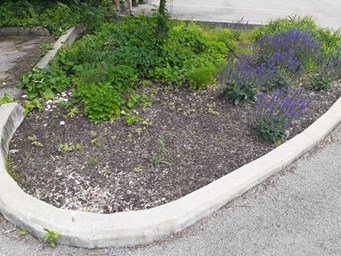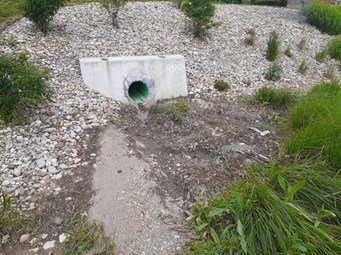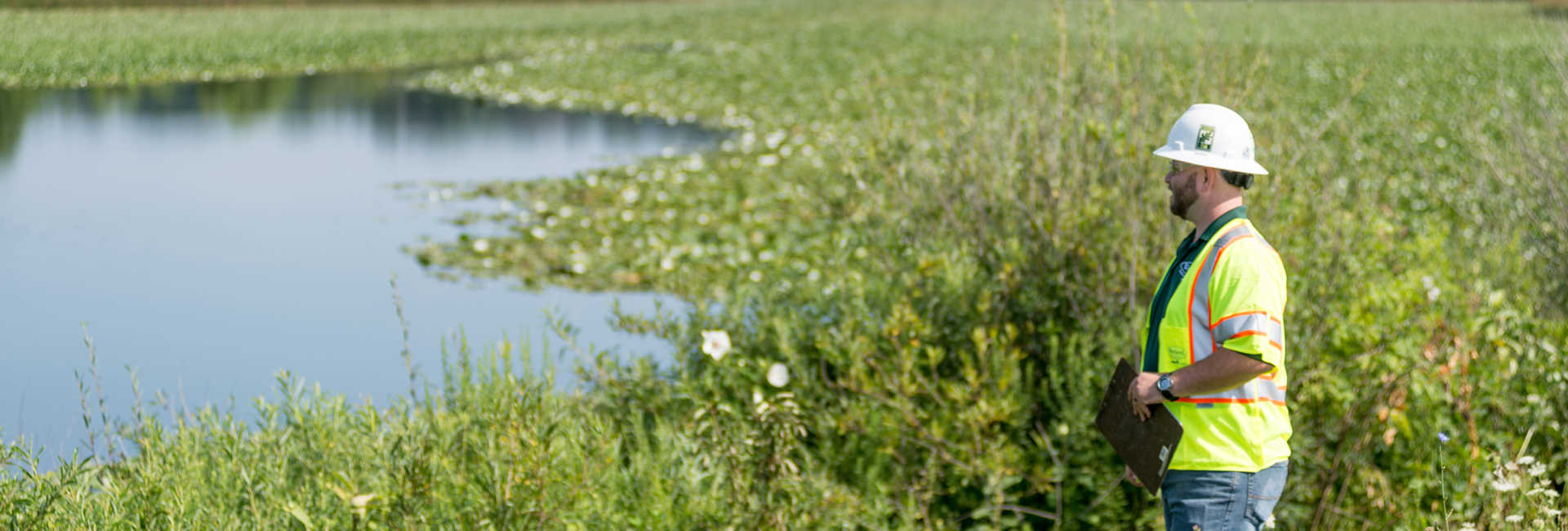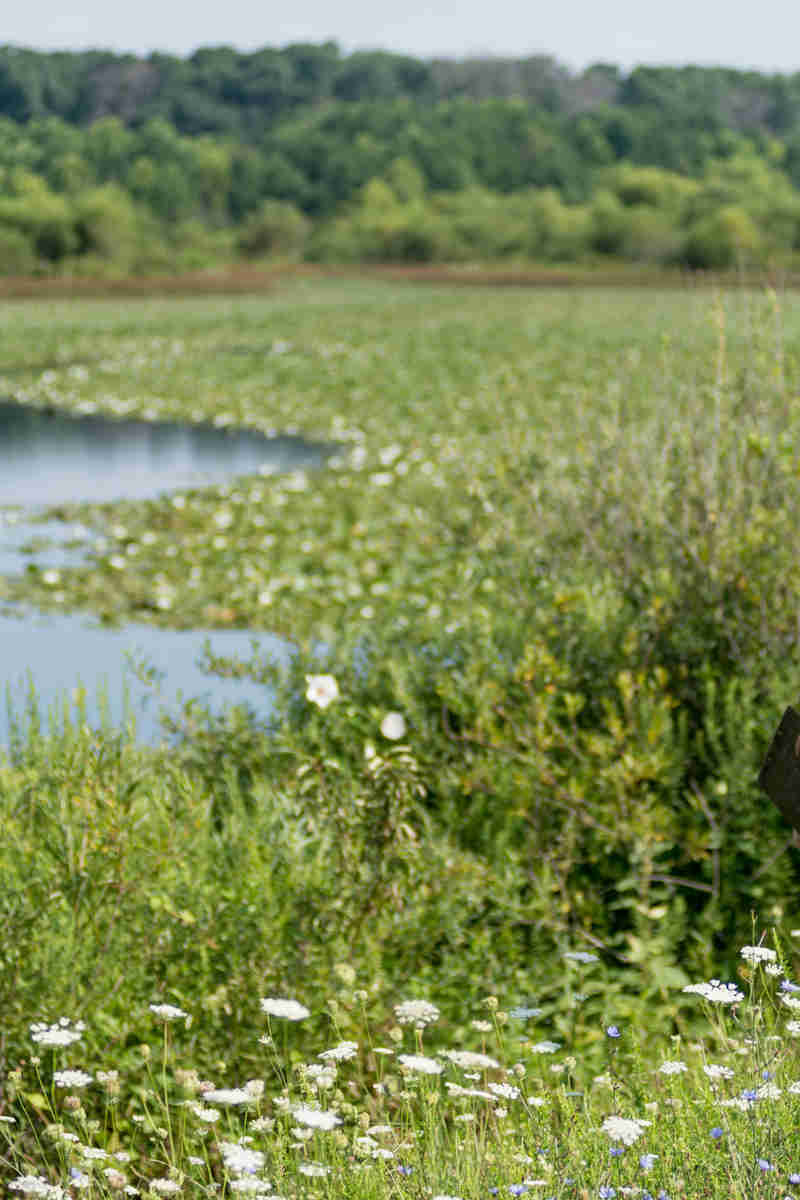Summer is a time most people look forward to every year. The days are long, the nights are warm, nature is in full bloom, and people spend more time outside. But summer also means storms with heavy rainfall, invasive plants and weeds, high temperatures, and dry periods—all of which can take a toll on green infrastructure (GI) health. So what can property owners do to make sure their GI stays vibrant throughout the summer and beyond?
 Keep spaces tidy: Always blow clippings and debris away from GI while mowing or clearing hard surfaces, and keep adjacent areas clean. These loose materials can clog drains if gone unchecked. If your GI is equipped with inlet filters and they haven’t been checked in a year, now is a good time to check and clean them before summer rainfall surges.
Keep spaces tidy: Always blow clippings and debris away from GI while mowing or clearing hard surfaces, and keep adjacent areas clean. These loose materials can clog drains if gone unchecked. If your GI is equipped with inlet filters and they haven’t been checked in a year, now is a good time to check and clean them before summer rainfall surges.- Be aware of invasives: Summer is weed season. Green roofs, vegetated swales, and bioretention basins can quickly be overtaken by invasive plants. State agencies (like the Department of Natural Resources) maintain a list of invasive plant species that can often outcompete and displace the plants in a facility. Keep up with weeding, and keep the facility mulched to maintain moisture and reduce weeding.
- Clean permeable pavers: Permeable paving systems such as porous asphalt, concrete, and flexible pavement can be vacuumed and pressure-washed to remove particles that can reduce porosity. This should be completed twice per year, and why not take advantage of the warm summer weather to get this task done? Note: Only vacuum porous paver systems, as pressure-washing may harm them and the aggregates between or beneath the pavers.
- Take stock of what you have: Remove any plants that died or became unsightly over the winter, restore mulch, and make a list of replacements needed for the fall planting season. Make sure that plant foliage is not encroaching on inlets, walkways, or impeding visibility of signs and prune if necessary.
 Water during dry periods: Generally 1 inch of water per week is required for healthy plants. Use a soaker hose or sprinkler until the ground is moist 2 to 3 inches below the surface.
Water during dry periods: Generally 1 inch of water per week is required for healthy plants. Use a soaker hose or sprinkler until the ground is moist 2 to 3 inches below the surface.- Keep an eye out: Inspect all structures, inlets, and surrounding areas to ensure that there are no current obstructions or debris that can cause obstructions during summer storms. Storms can bring sediment, stabilize areas that are disturbed with aggregate or mulch.
Davey Resource Group (DRG) can help with green infrastructure inspections, maintenance, and reporting.



